Revisiting the Tour De France's most dramatic last-minute reversals
The yellow jersey will need to be on red alert during Sunday's final stage time trial in Nice, says James Shrubsall

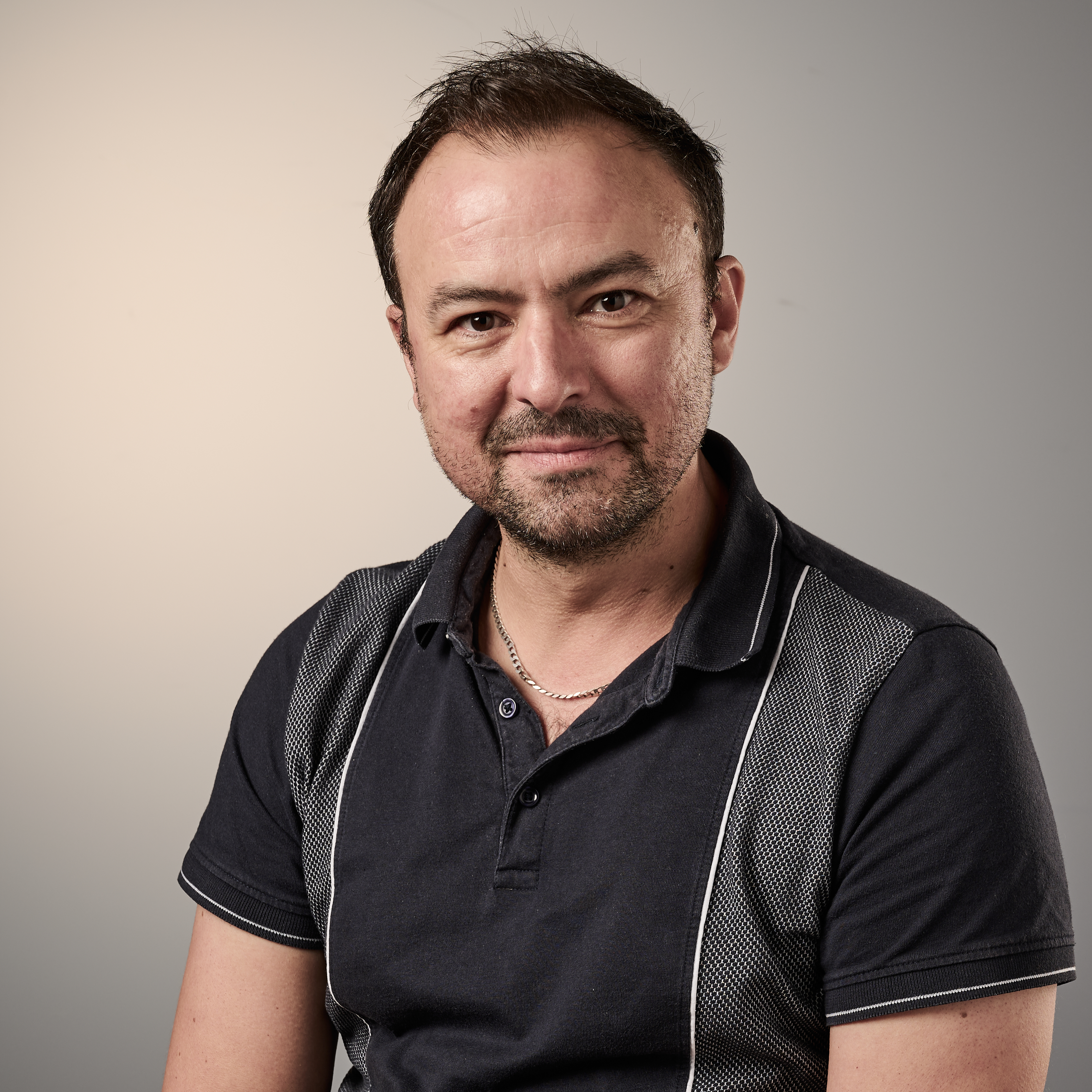
There are few Tour de France fans who don’t know about the 1989 edition of the race. Those too young to remember it have had the lore passed down through bright-eyed veterans, while those who can remember will never forget.
It is often lauded as the ‘best’ edition of the race ever. Partly because of the hair’s-breadth winning margin by which US rider Greg LeMond beat home hope Laurent Fignon, the fabled eight seconds, but also because of the manner in which he did it: a final day time trial.
This year, for the first time since then, the Tour de France will again conclude with a race against the clock on the final day – this time on a mountainous, 33.7km course between Monaco and Nice.
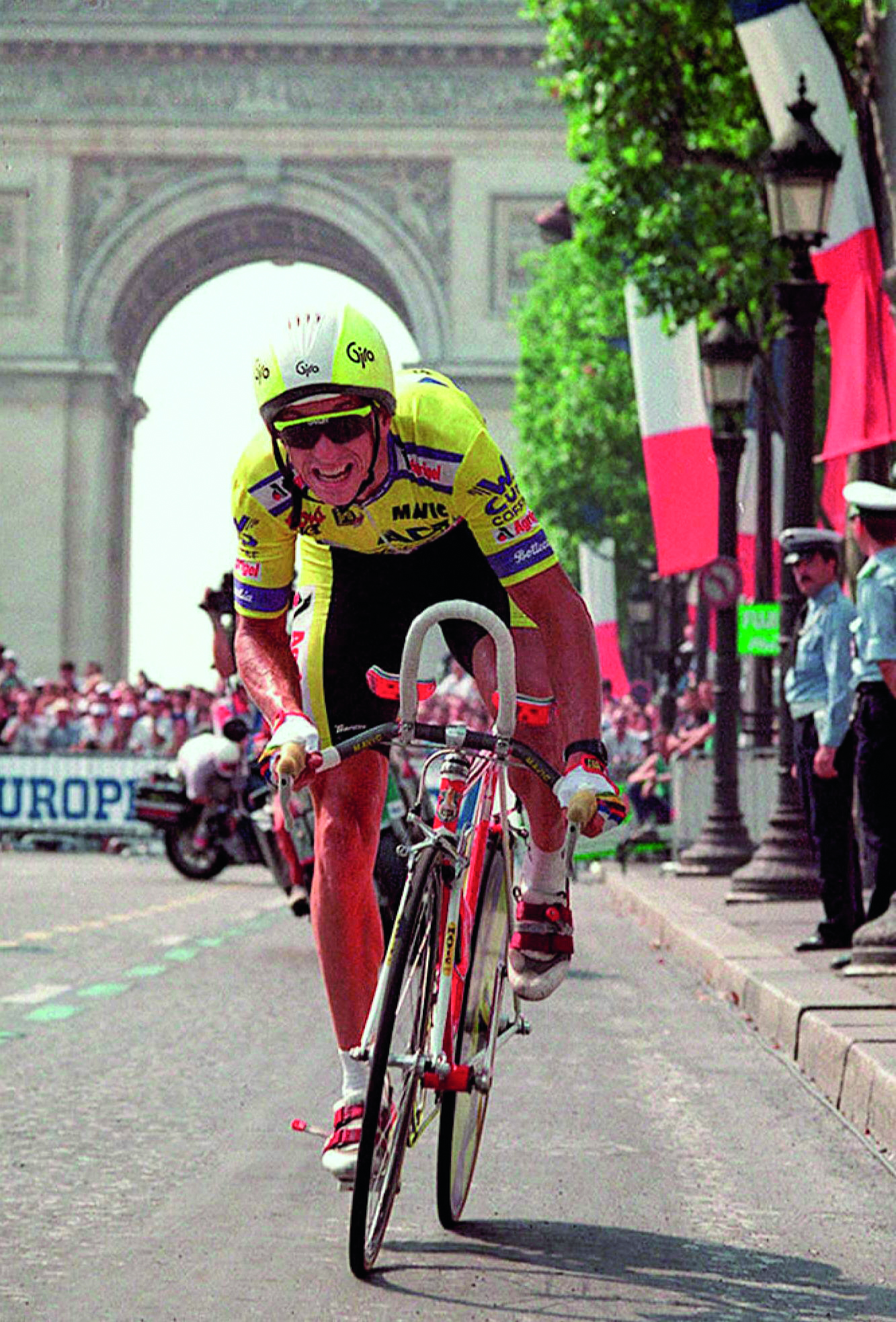
LeMond’s final-stage triumph in ’89 is cycling’s most iconic upset
All to play for
We are used to late time trial stages affecting the general classification, and even deciding it – witness Tadej Pogačar’s maiden victory over Primož Roglič, when the young pretender put almost two minutes into yellow jersey Roglič over the 36.5km to La Planche des Belles Filles on the second-last stage of the 2020 race, to win overall.
But that wasn’t quite the end – there was still another day for riders and fans alike to decompress, and gather their thoughts, and for the sprinters to hunt down one last stage win on the annual Champs-Élysées finishers’ parade. This year that victory parade is missing. The action continues right up to the point where the final rider crosses the finishing line on the Place Masséna in Nice.
That level of stress, maintained till the last, is not the way most riders and teams would choose to do things. Given the choice, the team would much rather enjoy the usual outing on the Champs-Élysées on the final day, says Visma-Lease a Bike’s head of performance, Mathieu Heijboer.
“Yeah, normally, nothing will happen that day, GC wise. But now all the riders – especially riders who are fighting for GC, but also a lot of the staff – will still be fully concentrating on that last Sunday. So that’s really different.”
Get The Leadout Newsletter
The latest race content, interviews, features, reviews and expert buying guides, direct to your inbox!
Of course, the idea – the hope – is that we will see a glimpse into the past. Photos Getty Images LeMond’s final-stage triumph in ’89 is cycling’s most iconic upset Fignon gave up a 50-second lead to cede the yellow jersey. Another hair’s breadth defence, or exchange, of the lead. LeMond versus Fignon all over again.
Just as it was in ’89, says Heijboer, “It can be a time trial with a historical signature, let’s say. But that will depend on the GC standing on Saturday.
“It’s a very important stage,” he adds. But how important it will be depends on the time differences before that stage. “Riders will win or lose GC places afterwards, that’s for sure. But whether it will also define the [overall] win, it’s difficult to say.”

Fignon gave up a 50-second lead to cede the yellow jersey
Eight legendary seconds
“Everyone remembers the last occasion the Tour finished with a time trial, when Greg LeMond stripped the yellow jersey from the shoulders of Laurent Fignon on the Champs-Élysées in 1989, by just eight seconds,” says Tour director Christian Prudhomme, talking about the stage on the Tour de France website. It’s a clear demonstration of how large that memory looms, not just for fans, but for the machinery of the race itself.
“Thirty-five years on, we can but dream of a similar duel, involving two or three riders, an authentic athletic confrontation whose outcome would determine the final podium of the 111th edition, and the first to finish far from its familiar Parisian setting.”
One man who was there back in 1989 – and came fifth on the Champs-Élysées no less, in a race that many forget was between more than just two riders – is Sean Yates. By chance, Yates had spent a weekend with LeMond not long before we spoke, and it’s testament to how large that 1989 time trial still looms in cycling’s consciousness that it was one of the main topics of conversation.
“It was a dramatic situation that unfolded for all to see on the TV, on the Champs-Élysées,” Yates says. “It’s not his most famous subject – probably being shot is more famous – but winning the Tour by eight seconds using those tri-bars is one of the major talking points whenever he’s around. It was the completion of his comeback, really.”
The fact that Greg LeMond was indeed returning to the Tour for the first time since being shot in a hunting accident is just one marked difference between that race and the one that will take place between Monaco and Nice on 21 July – although Jonas Vingegaard’s return from his terrible crash at Itzulia Basque Country does share parallels.
The other key difference is that the equipment arms race that took place in 1989 no longer exists – at least to the same degree. Yes, teams can still unveil a new helmet or a new skinsuit on the eve of a major time trial with the aim of eking out a few watts. But back in 1989, Greg LeMond put to use a novel giant- killing weapon that was largely viewed with suspicion throughout the set-in-its-ways cycling cadre – the tri-bar.
Fignon was so unperturbed by the new tech that he even congratulated LeMond on coming second as the pair lined up for the start ramp, the American told Yates during their trip.
“Fignon also had the chance to use the bars; he decided he didn’t need them, and was going to win anyway,” says Yates. “To be fair [to him], the cycling world – which seems crazy when you think back – were not able to accept that it was a much more aerodynamic position.”
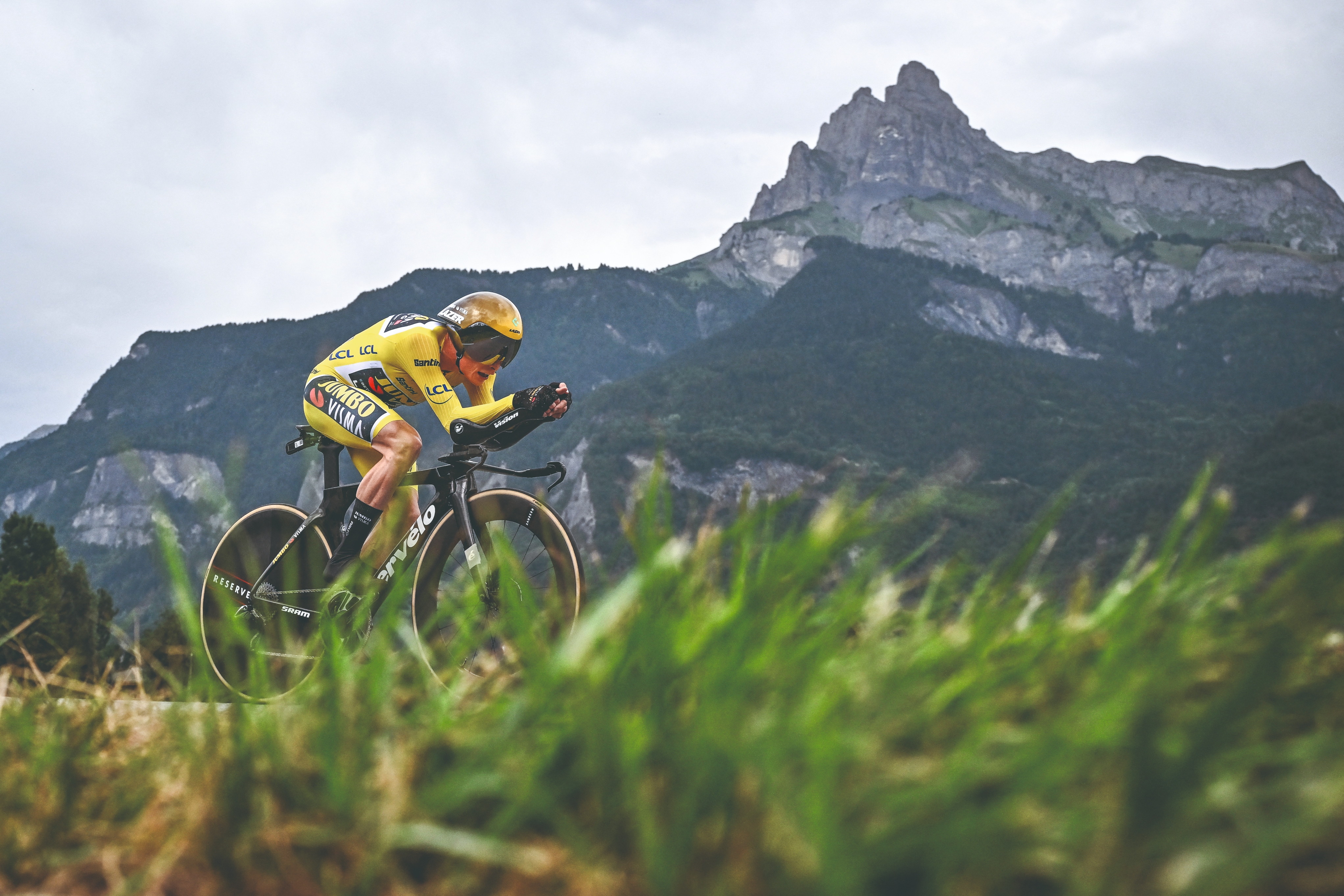
Vingegaard got the better of rival Pogačar last year
| Year | Stage | Type | Winner | Then... | Header Cell - Column 5 |
|---|---|---|---|---|---|
| 2021 | St20 / 30.8km | Flat | W. Van Aert | 3rd: J. Vingegaard +32s | 8th: T. Pogačar +57s |
| 2022 | St20 / 40.7km | Hilly | W. Van Aert | 2nd: J. Vingegaard +19s | 3rd: T. Pogačar +27s |
| 2023 | St16 / 22.4km | Mtn | J. Vingegaard | 2nd: T. Pogačar +1:38m | Row 2 - Cell 5 |
| 2024 | St7 / 25.3km | Flat | R. Evenpoel | 2nd: T. Pogačar +12s | 4th J. Vingegaard +37s |
A climber's parcours
The modern situation could not be further removed. “Everyone’s on the same technology nowadays,” says Yates. “UAE [Team Emirates], if you compare them to Bora, Ineos, or Visma, they’ve all put pretty much the same level of R&D into performing at an optimal level in the time trial. At the end of the day it all comes down to what you’ve got in the legs, and you can always have a bad day, just when you don’t want it.
“As we saw in 2020, if you have an off-day in a time trial where climbing is involved, the gap is going to be bigger than if you have an off-day and it’s flat. There’s just no hiding whatsoever.”
Yates’s assertions are backed up by the data in the table ‘Tale of the TT Tape’ on page 23, which shows that the more mountainous time trials in the third week of recent Tours have seen Pogačar and Jonas Vingegaard inflict by far the most serious damage on their rivals.
At the time of writing, Tadej Pogačar leads the race by 33 seconds ahead of Remco Evenepoel, and 1.15 ahead of Vingegaard. These gaps, especially between Pogačar and Evenepoel, seem trifling next to the near-two- minute beatings dished out by both Pogačar and Vingegaard in recent Tours.
Freshest in the memory is last year’s stage 16 mountain test to Combloux, where Vingegaard turned a slender 10-second lead into a near unassailable 1.48 margin over Pogačar. And then there’s that unforgettable 2020 stage, when Tour debutant Pogačar destroyed his countryman, putting 1.56 into Roglič to take the overall win.

Pogačar crushed Roglič’s lead in 2020 on the race’s final stage
Roglič’s heartbreaking capitulation at the top of La Planche des Belles Filles was as shocking as that of Fignon, and both Yates and Heijboer bring it up during our conversations.
That 2020 time trial has less in common with the 1989 test than the one we’ll see this year, though. Chiefly, they are both mountain stages of similar length, and with fairly similar amounts of climbing - 695m of elevation gain over the 33.6km this year.
“I think it’s a very hard TT. The elevation is the same as [Combloux] . It’s a very special TT because obviously there’s a lot of climbing in it. There is a flat section but it’s at the very end of the stage – also the beginning but that’s not really long. And there’s a lot of descent in there, so it also requires a lot of technical skills.”
In short, it poses a serious threat for any GC leader without at a gap of at least two minutes – three minutes would be the preferable minimum.
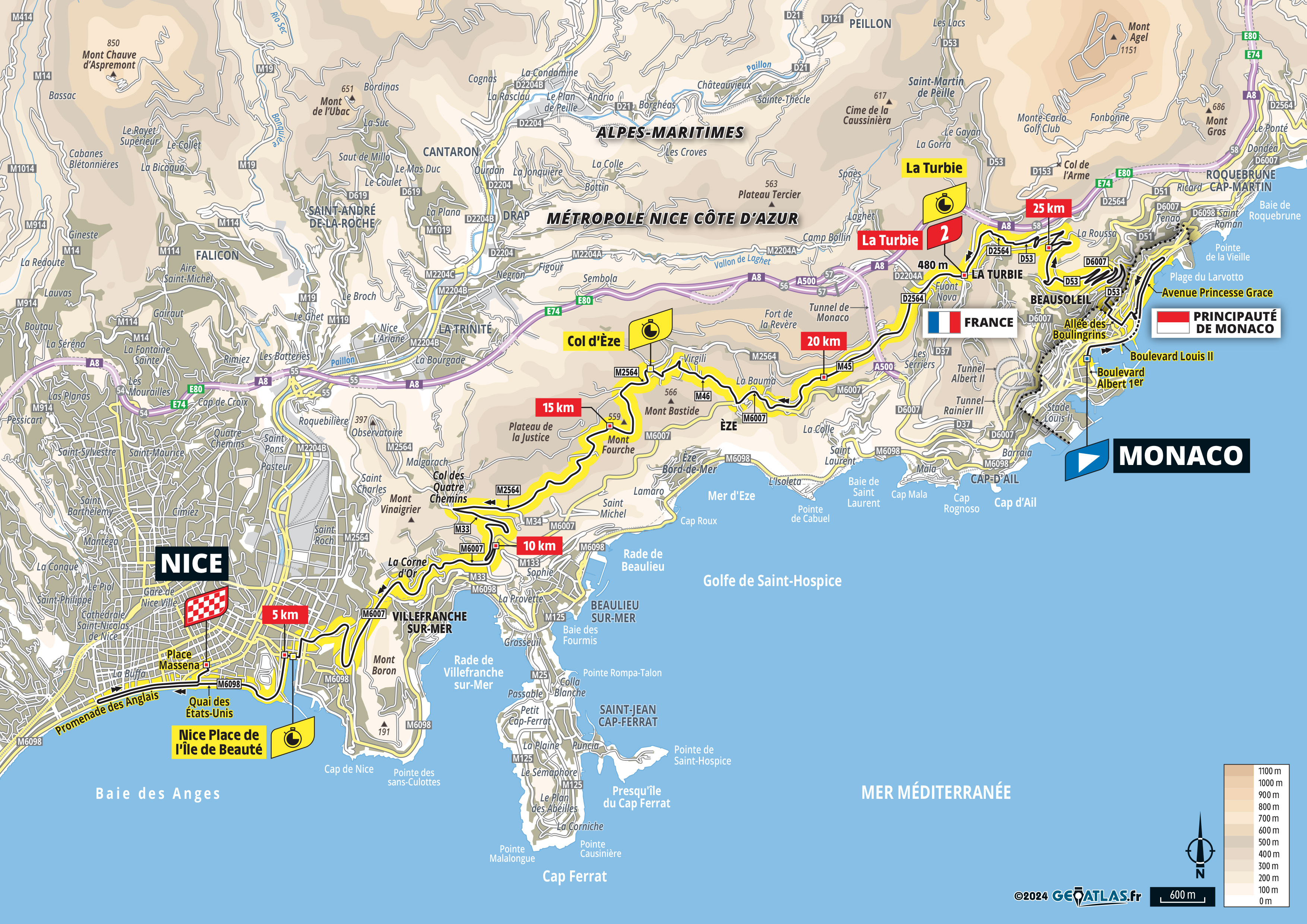
The course for stage 21
Story of a stage
If you squint, the course for stage 21 this year looks rather like a stretched ‘m’ with a tail at each end.
Beginning at sea level in Monaco, the road is initially fl at. Blink and you’ll miss it though – the climbing starts just 2.5km into the stage. From here, the riders take on the category-two hairpin ascent of La Turbie – 8.2km at 5.7%. There will be a time check just before the top, after 11km.
A short, rolling plateau is followed by a very brief downhill, and an equally brief second ascent to the Col d’Eze. Brief, but unpleasantly steep for its two kilometres, averaging 8.8% with ramps rising well into double figures.
Then comes a long and twisting descent back down to Nice’s famous Promenade des Anglais – something few riders will relish riding on a full-fat time trial machine.
A final five kilometres of flat, seafront riding follows, before dog-legging away from the coast to finish in the city centre.
The day will decide
Unsurprisingly, Vingegaard has been to check out the course, and given that Pogačar lives at the start in Monaco, he is probably already familiar with the roads. But riding them in training only tells half the story, says Heijboer. “You can do a recon, but you don’t really know how fences will be placed and how the course will really look like when it’s traffic-free,” says the Dutchman. “So you need to do another recon on the race day, for sure. But we have prepared for it very well.”
Despite all that climbing and descending, you can expect to see the Visma-Lease a Bike team on board standard TT bikes, Heijboer says – but while they are likely to be the fastest machines for the day, they could also expose a weakness in Vingegaard.
“With the big injuries that he had, he hasn’t been able to train a lot on that bike,” Heijboer admits. “So we will not be fully prepared. We did what we could, but for sure it’s not optimal.”
If that lack of practice has left the Dane under par, it didn’t really show in the 25.3km stage seven time trial to Gevrey-Chambertin earlier in this year’s race. He lost only 25 seconds to Pogačar – another 12 to winner Remco Evenepoel – and declared himself happy with the result. “I wouldn’t say it’s a big hit, rather the opposite actually,” said Vingegaard afterwards. “I expected to lose more time. It’s a time trial that’s way more favourable for him, so it’s good to only lose 25 seconds to him today.
“Last year, I took seven and a half minutes in two stages. The power is there, so we just have to believe in our plan.” All of which goes to show how much damage can be done in that “one bad day” that Sean Yates mentioned earlier. The Tour is never over till it’s over. Just as it did in 1989, everything rests on that final ride into Nice.

Thank you for reading 20 articles this month* Join now for unlimited access
Enjoy your first month for just £1 / $1 / €1
*Read 5 free articles per month without a subscription

Join now for unlimited access
Try first month for just £1 / $1 / €1
After cutting his teeth on local and national newspapers, James began at Cycling Weekly as a sub-editor in 2000 when the current office was literally all fields.
Eventually becoming chief sub-editor, in 2016 he switched to the job of full-time writer, and covers news, racing and features.
A lifelong cyclist and cycling fan, James's racing days (and most of his fitness) are now behind him. But he still rides regularly, both on the road and on the gravelly stuff.
-
 Trek, State and Specialized raise bike prices while other brands limit US releases — Is this just the beginning?
Trek, State and Specialized raise bike prices while other brands limit US releases — Is this just the beginning?As tariffs hit, the bike industry is forced to adapt, whether through price increases, limited releases, or a restructuring of supply chains
By Anne-Marije Rook
-
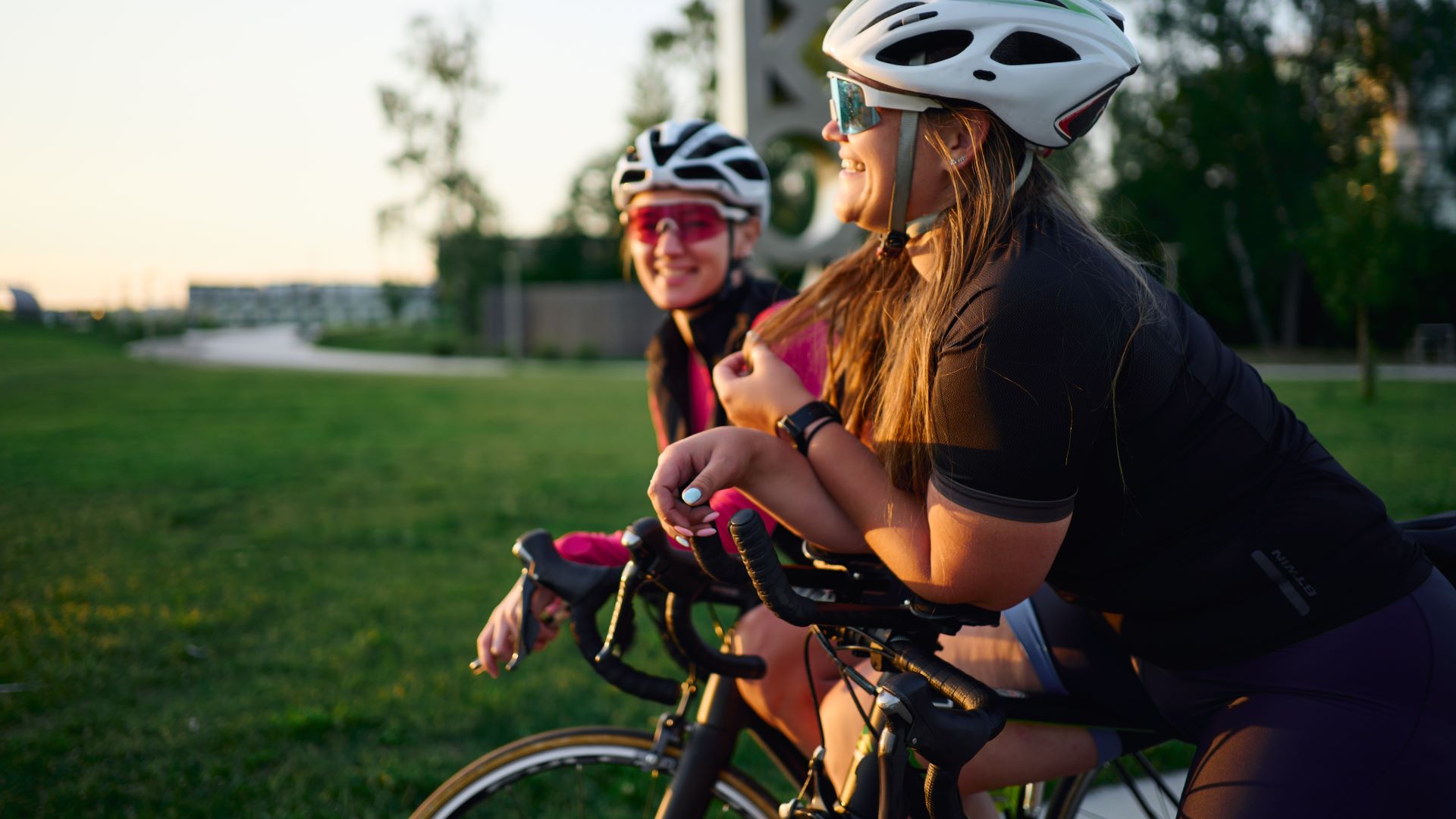 How I got my non-cyclist friend hooked on riding bikes — and how you can, too
How I got my non-cyclist friend hooked on riding bikes — and how you can, tooWith a little bit of gentle guidance, “bikes aren’t my thing” can turn into “when’s our next ride?”
By Marley Blonsky